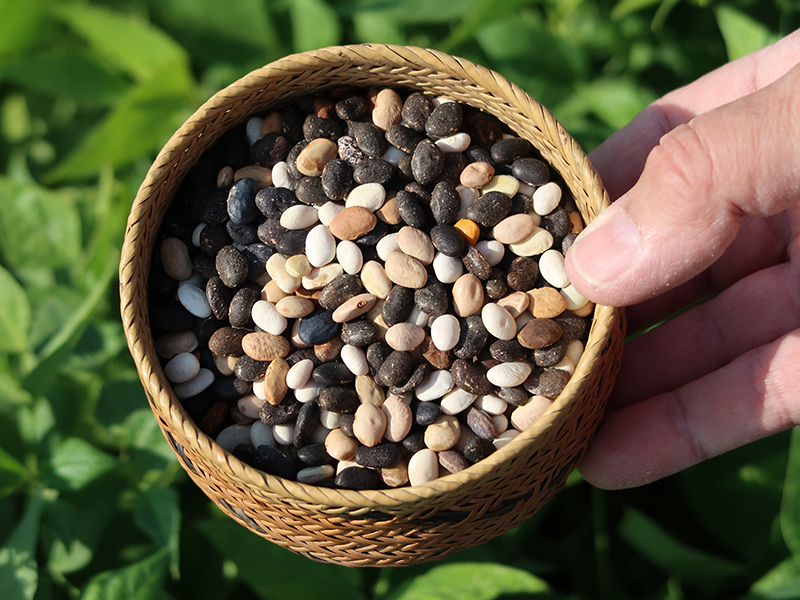Production Agriculture
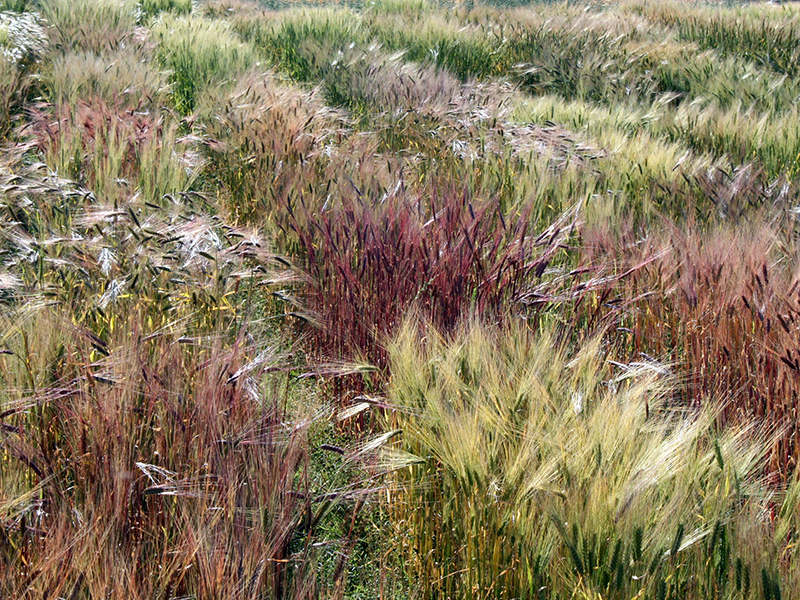
Climate change is a global issue. It affects our environment and our food supply.

Increasing temperatures, changing rainfall patterns, and extreme weather events influence crop yields and where crops can live. These events limit the number of crops humans can use.

Renewable energy demand and consumption is at an all-time high in the United States.
Shrub willow – a quick-growing woody crop – can be an excellent source of renewable bioenergy. The crop is harvested and turned into wood chips, which can be used for heat, mulch, animal bedding, biochar, and biofuel.

In the dry air and soil of Texas’ Southern High Plains, improving soil health can be tough. We usually think of healthy soil as moist and loose with lots of organic matter. But this can be hard to achieve in this arid area of Texas.


Yams are a staple food in West Africa, which produces over 90% of the world’s yams each year. Yams play a key role in the food security, economic income, and traditional culture for the region.


When most people hear “food contamination,” they think of bacteria present on unwashed fruits or vegetables, or undercooked meat. However, there are other ways for harmful contaminants to be present in food products.

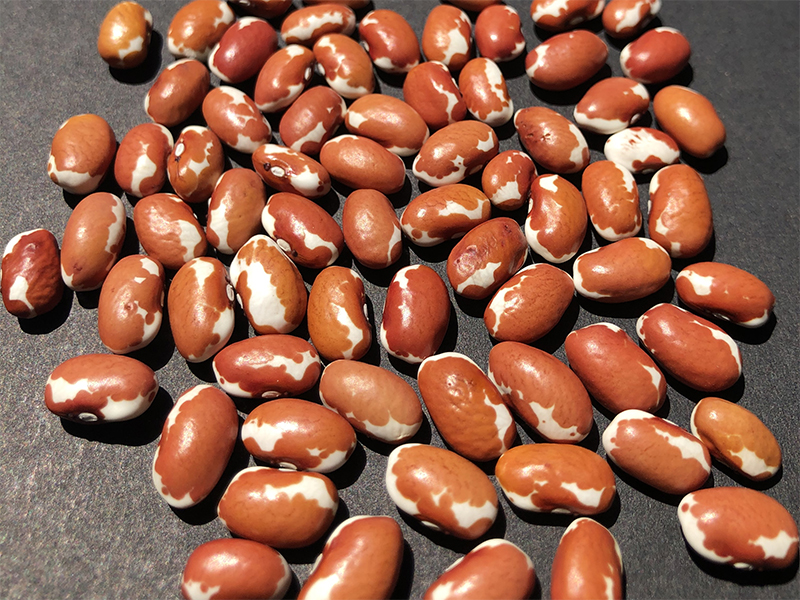
Plant breeders are constantly working to develop new bean varieties to meet the needs and desires of the food industry. But not everyone wants the same thing.
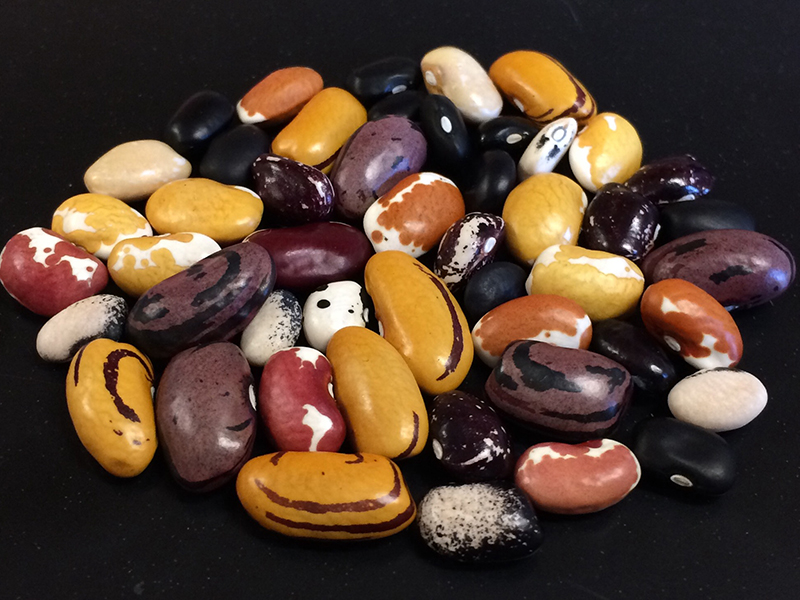
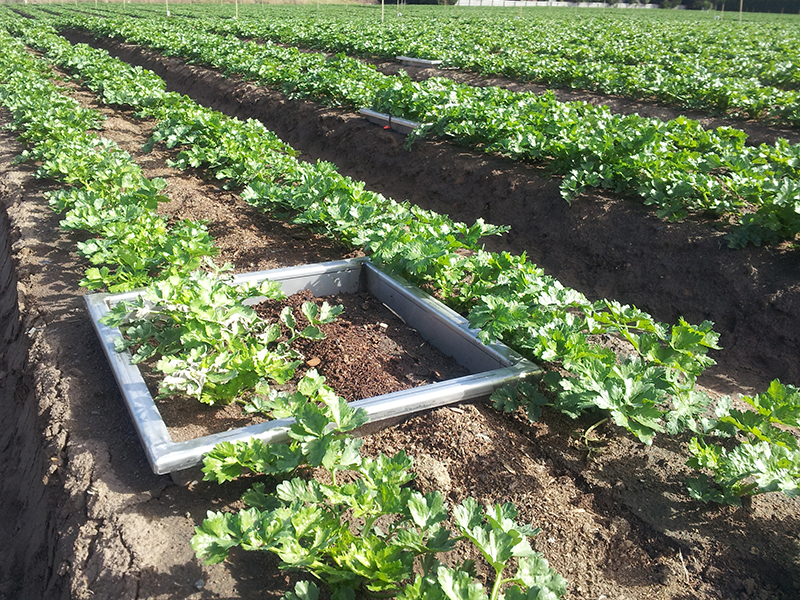
The element nitrogen is a double-edged sword. It is essential for growing plants and feeding people, but it is also a leading cause of pollution across the world. Only by using nitrogen more sustainably can the positive and harmful effects of nitrogen be balanced.

By late fall, much of the Midwest is a pleasing landscape of dry, harvested corn fields. It makes for a bucolic rural scene on highway drives. But the corn litter that’s left over doesn’t seem useful, at least to untrained eyes.
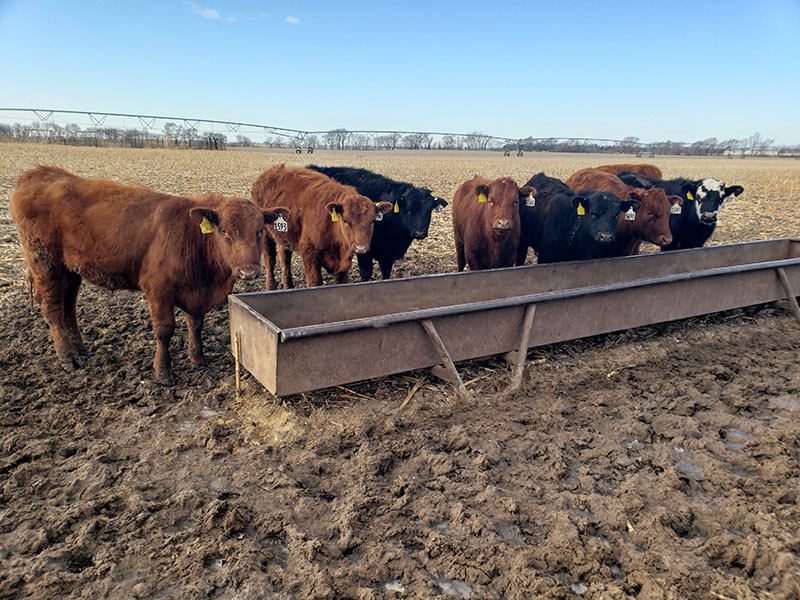

Agriculture accounts for more than a third of water use in the United States. In drier parts of the country, like the southwestern U.S., that fraction can be much higher. For example, more than 75% of New Mexico’s water use is for agriculture.
